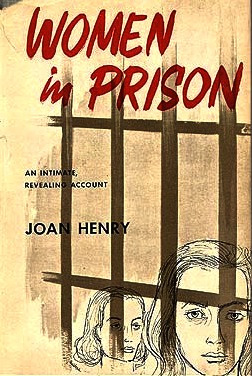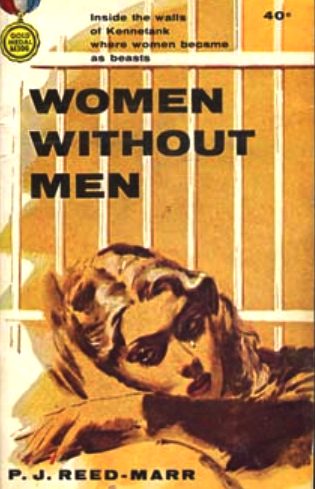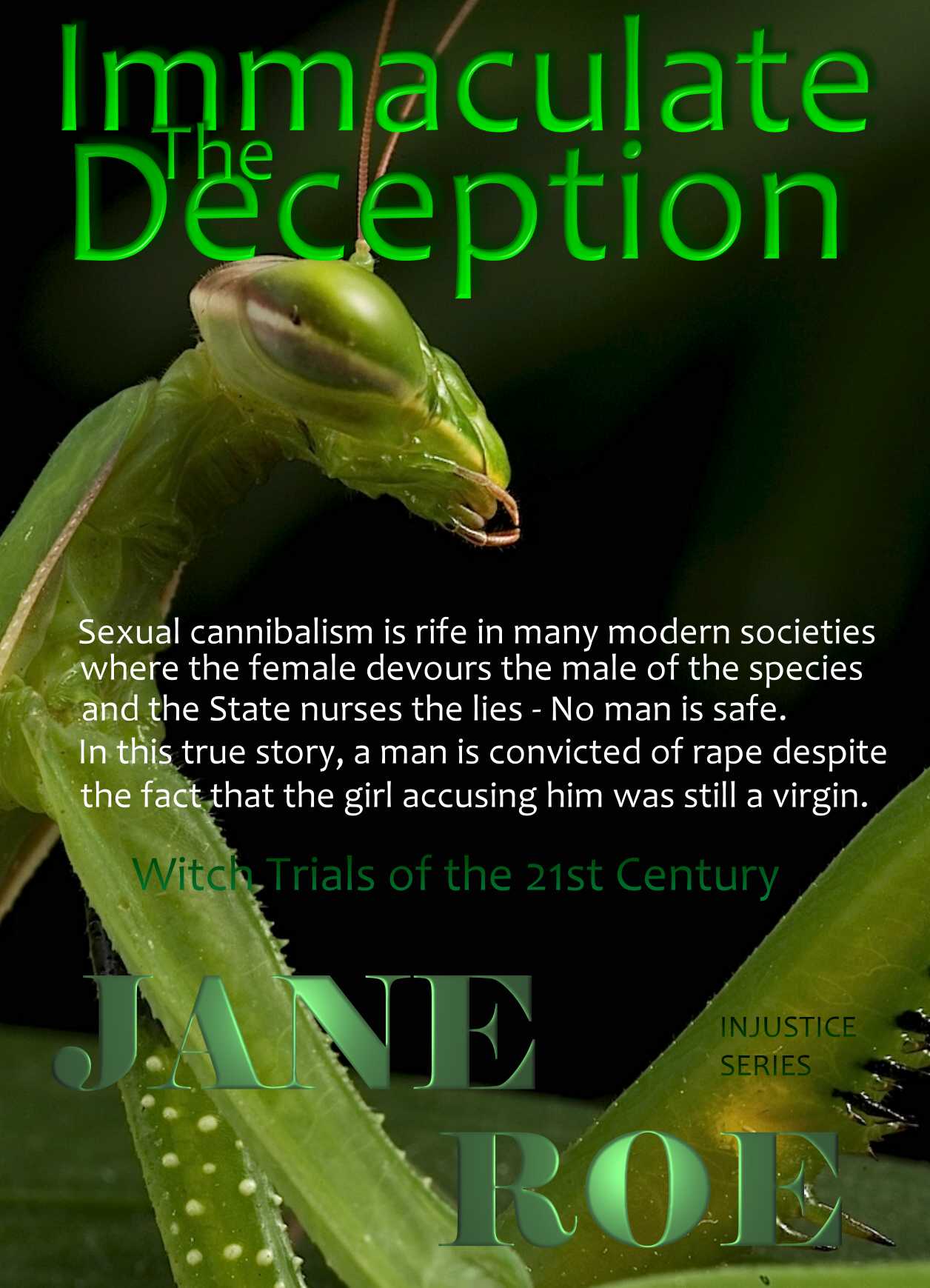Each
case of suspected shaken baby syndrome should be decided on its merits.
There is no doubt that shaking a baby violently with dropping or other
hard contact will cause death from trauma if the impact is severe enough.
But where there is no visible trauma (bruising), then can simply shaking a
baby be enough to cause brain damage?
The
theory is that the neck muscles of young children, especially babies, are not strong enough to fully support their heavy heads. Shaking motions also cause their fragile brains move back and forth within their skulls. These types of movement can tear small blood vessels. This causes serious injury and bleeding to the brain and eyes.
The
Volvo series of crash tests cast doubt on the findings of the courts,
proving that significantly more force was need to cause such injuries than
at first thought, prior to that information being available. Since then
there should be evidence of bruising to support any theory involving
violent shaking, without which it is hard to lean toward another cause,
simply because babies bruise easily. It's a delicate balance of not
wanting to let a guilty party walk free, but also ensuring that an
innocent man or woman is not sent to prison or worse. Obviously, we don't
want to see any person treating another human being badly walk walk free.
Please bear this is mind when looking objectively at the evidence. We are
simply being objective.
There
is no room for junk science in a Court of Law. All too frequently,
convictions are obtained as a result of shoddy investigations, not
adequately protecting the rights of an accused, being the right to a fair
hearing. Police are required to fully investigate a crime scene, even
where the evidence leads away from the suspect - but all too frequently
the police are under pressure to improve a conviction rate, and the way to
do this is not to investigate or record anything which may jeopardise a
conviction. This is of course Noble Cause Corruption. A practice that must
be stamped out to prevent miscarriages of justice.
WIKIPEDIA
In July 2005, the Court of Appeals in the United Kingdom heard four appeals of SBS convictions: one case was dropped, the sentence was reduced for one, and two convictions were upheld. The court found that the classic triad of retinal hemorrhage, subdural hematoma, and acute encephalopathy are not 100% diagnostic of SBS and that clinical history is also important. In the Court's ruling, they upheld the clinical concept of SBS but dismissed one case and reduced another from murder to manslaughter. In their words: "Whilst a strong pointer to NAHI [non-accidental head injury] on its own we do not think it possible to find that it must automatically and necessarily lead to a diagnosis of NAHI. All the circumstances, including the clinical picture, must be taken into account."
The court invalidated the "unified hypothesis", proposed by British physician J. F. Geddes and colleagues, as an alternative mechanism for the subdural and retinal hemorrhage found in suspected cases of SBS. The unified hypothesis proposed that the hemorrhage was not caused by shearing of subdural and retinal veins but rather by cerebral hypoxia, increased intracranial pressure, and increased pressure in the brain's blood vessels. The court reported that "the unified hypothesis [could] no longer be regarded as a credible or alternative cause of the triad of injuries": subdural haemorrhage, retinal bleeding and encephalopathy due to hypoxemia (low blood oxygen) found in suspected SBS.
On January 31, 2008, the Wisconsin Court of Appeals granted Audrey A. Edmonds a new trial based on "competing credible medical opinions in determining whether there is a reasonable doubt as to Edmunds's guilt." Specifically, the appeals court found that "Edmunds presented evidence that was not discovered until after her conviction, in the form of expert medical testimony, that a significant and legitimate debate in the medical community has developed in the past ten years over whether infants can be fatally injured through shaking alone, whether an infant may suffer head trauma and yet experience a significant lucid interval prior to death, and whether other causes may mimic the symptoms traditionally viewed as indicating shaken baby or shaken impact syndrome."
The terms non-accidental head injury or inflicted traumatic brain injury have been suggested instead of "SBS".

Bruising
should be apparent in a case of shaken baby syndrome
CONTROVERSY & ALTERNATIVE HYPOTHESES
VITAMIN C DEFICIENCY
Some authors have suggested that certain cases of suspected shaken baby syndrome may result from vitamin C deficiency. This contested hypothesis is based upon a speculated marginal, near scorbutic condition or lack of essential nutrient(s) repletion and a potential elevated histamine level. However symptoms consistent with increased histamine levels, such as low blood pressure and allergic symptoms, are not commonly associated with scurvy as clinically significant vitamin C deficiency. A literature review of this hypothesis in the journal Pediatrics International "From the available information in the literature, concluded that there was no convincing evidence to conclude that vitamin C deficiency can be considered to be a cause of shaken baby syndrome."
The proponents of such hypotheses often question the adequacy of nutrient tissue levels, especially vitamin C, for those children currently or recently ill, bacterial infections, those with higher individual requirements, those suffering from environmental challenges (e.g. allergies), and perhaps transient vaccination-related stresses. Given that patients presenting with suspected SBS would constitute only the most severely affected group of children with nutritionally deficiencies, one would expect a larger number of individuals seen with milder symptoms. At the time of this writing, infantile scurvy in the United States is practically nonexistent. No cases of scurvy mimicking SBS or Sudden Infant Death Syndrome have been reported, and scurvy typically occurs later in infancy, rarely causes death or intracranial bleeding, and is accompanied by other changes of the bones and skin and invariably an unusually deficient dietary history.
GESTATIONAL ISSUES
Gestational problems affecting both mother and fetus, the birthing process, prematurity and nutritional deficits can accelerate skeletal and hemorrhagic pathologies that can also mimic SBS, even before birth. Because the age of suspected SBS victims is usually older than those patients suffering from birth-related problems, the distinction is usually not problematic.
DIFFUSE INJURY
A 2001 study reported that the predominant histological abnormality in cases of inflicted head injury in the very young is diffuse hypoxic brain damage, not diffuse axonal injury (DAI), and suggested two possible explanations: either the unmyelinated axon of the immature cerebral hemispheres is relatively resistant to traumatic damage, or in shaking-type injuries the brain is not exposed to the forces necessary to produce DAI.
HOW MUCH FORCE
There has been controversy regarding the amount of force required to produce the brain damage seen in shaken baby syndrome. A biomechanical experiment in 2005 demonstrated that "forceful shaking can severely injure or kill an infant, this is because the cervical spine would be severely injured and not because subdural hematomas would be caused by high head rotational accelerations... an infant head subjected to the levels of rotational velocity and acceleration called for in the SBS literature, would experience forces on the infant neck far exceeding the limits for structural failure of the cervical spine. Furthermore, shaking cervical spine injury can occur at much lower levels of head velocity and acceleration than those reported for SBS." A detailed explanation of the calculations was provided in a letter to the editor published in Forensic Science International in February 2006.
The BBC has made a documentary in 3 parts that covers arguments for and against the diagnosis of SBS.
16 JUNE 2005
The existence of "shaken baby syndrome" as a textbook diagnosis of death or serious injury in young children is being challenged in a series of test cases beginning today.
Three Court of Appeal judges are reviewing the convictions of three men and a woman on charges of murder, manslaughter or grievous bodily harm.
More than 90 other convictions could be challenged if the judges throw doubt on the medical evidence relied on to establish guilt in the four test cases. The outcome could also affect hundreds of Family Division cases in which a parent, usually the father, has been denied access to a child on the basis of allegedly violent treatment.
The appeals result from a review ordered by Attorney General Lord Goldsmith following the successful appeal by Angela Cannings against her convictions of murdering her two baby sons.
Mrs Cannings was cleared after judges ruled that, in the present state of scientific knowledge, no-one should be prosecuted solely on the basis of medical opinion which was disputed between experts.
ACCEPTED
The review ordered by Lord Goldsmith involved some 300 infant death convictions, including more than 90 which raised the issue of shaken baby syndrome.
Over the past 15 years, courts have accepted evidence from paediatricians that shaken baby cases involve three classic signs: swelling of the brain; bleeding between the brain and the skull; and bleeding behind the eyes.
But recent research suggests that such injuries can be caused by falls from a relatively low height or may be linked to vaccinations or medication causing lack of oxygen to the brain.
Defence lawyers led by Michael Mansfield QC argue that it is wrong to accept the shaken baby theory when there is no evidence of previous injury or abuse. The four appeals are scheduled for nine days before Lord Justice Gage, Mr Justice Gross and Mr Justice McFarlane.
GENERAL
SYMPTOMS
Shaken Baby Syndrome, first described as a syndrome in 1974, can be lethal: approximately one shaken baby in four dies from the injuries. Those who survive may suffer blindness caused by bleeding around the brain and eyes, or disabling brain damage, including mental retardation (mild to severe), paralysis, seizure disorder, speech and learning disabilities, neck and back damage, and dislocated bones.
Many incidents of Shaken Baby Syndrome are not reported out of fear. It is important to seek immediate and early medical attention. Serious complications and even DEATH can be avoided.
Here are a few symptoms of Shaken Baby Syndrome that have already been discovered:
-Head turned to one side
-Unable to lift or turn head
-Pinpointed, dilated, or unequal size pupils
-Blood pooling in the eyes
-Pupils unresponsive to light
-Bulging or spongy forehead
-No smiling or vocalization
-Poor sucking or swallowing
-Rigidity
-Semi-consciousness, lethargy, or decreased muscle tone
-Difficulty breathing
-Seizures or spasms
-Swollen head, which may appear later
If
in any doubt call a doctor or an ambulance. Worry about the legal issues
later, being careful to record and secure any evidence at the scene of an
incident that might help solve a later puzzle.
OTHER
RISK CONSIDERATIONS
The following factors increase the chance of a shaking injury:
-History of domestic or child abuse within the family
-History of drug and/or alcohol abuse within the family
-Shaking a baby, even for a few seconds
-History of stress or social difficulties in the family
-Boys are more likely to be abused in this way than girls


It
doesn't help the police decide on the facts of a case, when the media
publish pictures designed to provoke a reaction like that on the left.
PORT
CHARLOTTE - 5
MARCH 2012
Deputies in Charlotte County arrested a 21-year-old man after they say an eight-month-old boy was diagnosed with shaken baby syndrome.
On February 28, the boy's mother and her boyfriend - Tyler Bryan Rosselot Jr. - took
Donovan Gillian to Peace River Regional Medical Center because the child was unresponsive.
Doctors there then had the baby flown to All Children's Hospital in St. Petersburg.
The boy's mother, Pam Gillian said her son was fine when she left to go to a grocery store and when she came back about 30 minutes later, Rosselot met her at the doorway and waved her inside.
The mother said she drove the baby to the ER because she thought it would have been faster than waiting for an ambulance.
On March 1, detectives with the Charlotte County Sheriff's Office interviewed a doctor at All Children's Hospital who said there were no visible injuries to the outside of the child and that in her experience, the injuries were likely caused by severe shaking.
The doctor went on to say the injury was not due to a fall, as Rosselot had said when he was interviewed by detectives.
Another doctor stated the CT scan showed widespread trauma to the brain and that the child may have some type of permanent damage.
The second doctor also stated the baby could only have received that type of injury by being shaken.
Detectives met with Rosselot and arrested him last Friday for Aggravated Child Abuse; he denied the charges.
Though she didn't want to go on-camera for an interview Monday, Gillian says she thinks deputies may have rushed to
judgement. She says Donovan loved Rosselot and that he even called him "da-da."
She added that she believes what happened to her son is a medical issue and not a case of abuse.
JUNE 16 2011 ANSONIA
Police are leaning toward shaken baby syndrome as the manner of death in the homicide of an infant boy who lived on Hubbell Avenue, Lt. Andrew Cota said Wednesday.
The boy, Kyle Robinson, who was 5 months old, died Sunday, and the cause was determined to be blunt force trauma to the head, according to the Office of the Chief State Medical Examiner, which conducted an autopsy on Tuesday.
Police said they have a suspect, but didn’t expect to make an arrest Wednesday, as the investigation continues and they have more interviews to conduct.
The three children in the home were in the care of the mother’s boyfriend at the time of the incident Friday evening, according to police. Police identified the victim’s mother as Kelly Robinson-Maresca, of 41 Hubbell Ave. Cota said police were not releasing the name of the boyfriend at this time.
“We are in the process of getting background information,” Cota said. “We already interviewed the mother about the findings from the medical examiner. We are interviewing people, and have been in contact with (the state Department of Children and Families) and doctors from Yale-New Haven Hospital and Griffin Hospital.”
Cota said the boyfriend is not the father of the victim, and said he did not think the boyfriend was the father of any of the children in the home.
DCF said Wednesday that it had substantiated neglect against the mother’s boyfriend in May “for lack of supervision based upon his having left the children unattended for a very brief period of time. A plan was put in place with the mother that a relative would assist in caring for the children together with the boyfriend, and in-home services were being arranged for the family. During the most recent visit with the family days before the child’s death, the department found the children well attended and cared for. Further investigation by the department will be conducted.”
DCF said it first became involved with the family in April. “A comprehensive medical evaluation determined that the reported incident was accidental,” the agency said, without providing details. But Cota said another child living in the home had been injured, apparently in an accidental fall down the stairs.
ACROBATIC
BABY NO HARM CAUSED - YOUTUBE









